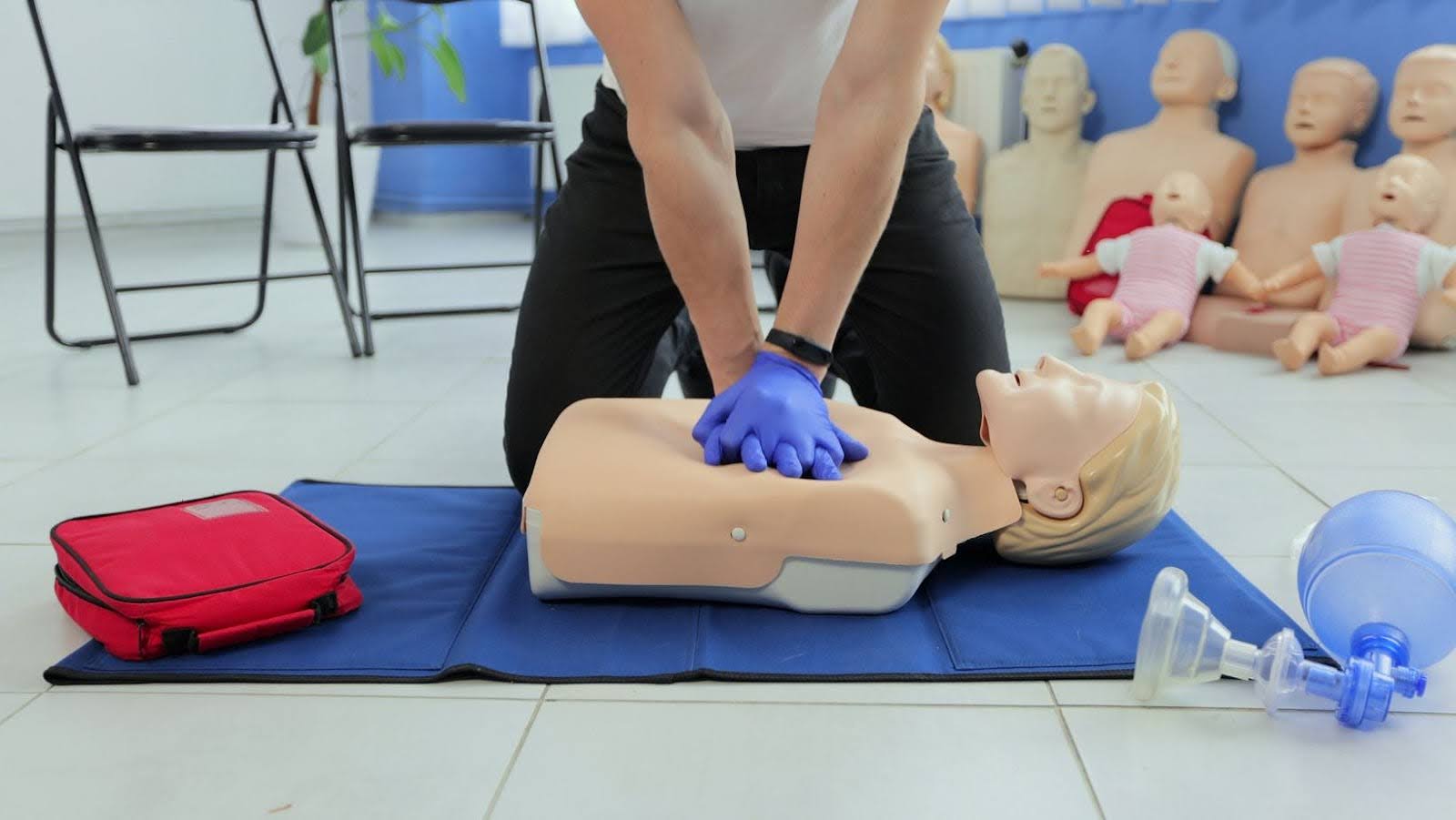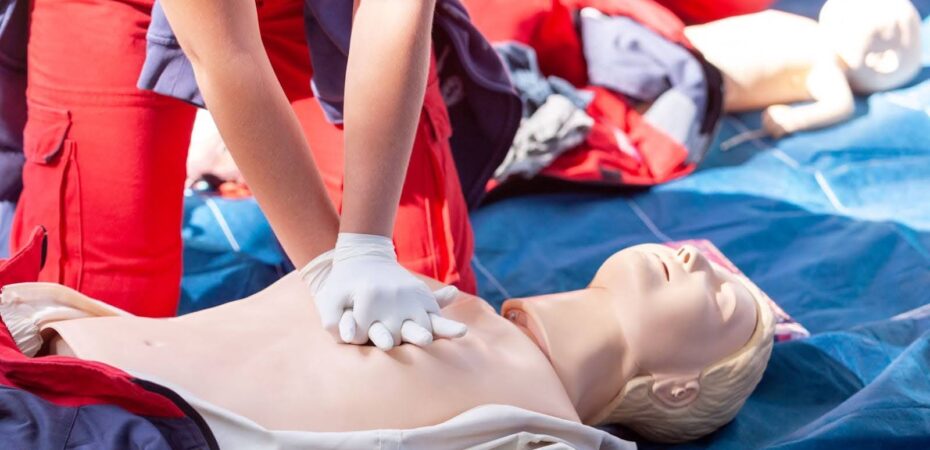Introduction
When it comes to cardiopulmonary resuscitation (CPR) and first aid certification, there are numerous myths and misconceptions that can cloud your understanding of these crucial life-saving skills. Whether you’re considering getting certified or have already undergone training, it’s essential to separate fact from fiction to ensure you’re prepared to act swiftly and effectively in an emergency.
This article debunks some of the most common myths surrounding CPR and first aid certification. It will help you make an informed decision and be a more confident responder to emergencies.
Common Myths About CPR First Aid Certification and Their Realities
Here are some common myths about CPR and first aid certification:
Myth 1: CPR and First Aid Certification is Only for Healthcare Professionals
One myth is that CPR certification is necessary only for healthcare professionals like doctors and nurses. However, in reality, anyone can and should learn CPR. Cardiac arrest can happen to anyone, anywhere, at any time. Having bystanders trained in CPR increases the chances of survival for victims. Many workplaces, schools, and community organizations encourage or require employees and volunteers to obtain first aid and CPR certification to be prepared to handle emergencies.
Myth 2: CPR and First Aid Certification is a One-Time Requirement
Some believe that if you get CPR certified, you’re set for life. However, CPR guidelines and techniques evolve based on new research and best practices. Therefore, CPR and first aid certification expires after two years. Renewal courses are necessary to stay up-to-date with the latest protocols and maintain your proficiency in life-saving techniques. Regular practice and refresher courses ensure you can perform CPR confidently and effectively in crisis situations.
Myth 3: CPR Certification Teaches You Everything You Need to Know About First Aid
While CPR is a critical component of first aid training, certification courses cover a broader range of skills beyond CPR alone. First aid training often includes topics such as choking relief, wound care, managing fractures, and recognizing signs of strokes and heart attacks.

These skills are invaluable in various emergency situations, not just cardiac arrest scenarios. CPR certification is a foundation, but comprehensive first aid training equips you with a diverse skill set to respond effectively to different medical emergencies.
Myth 4: You can Cause Harm by Performing CPR Incorrectly
Some people hesitate to perform CPR due to fear of causing harm if they do it incorrectly. While it’s understandable to be cautious, research and medical experts emphasize that any attempt at CPR is better than no attempt at all in an emergency. Even if you haven’t received formal training, performing hands-only CPR (chest compressions without rescue breaths) can significantly improve a victim’s chances of survival. Most CPR and first aid certification courses emphasize the importance of starting CPR immediately and continuing until professional help arrives.
Myth 5: Only Adults Benefit from CPR
Another misconception is that CPR is only effective for adults. In reality, infants and children can also experience cardiac arrest due to various medical conditions, accidents, or sudden infant death syndrome (SIDS).

Pediatric CPR techniques differ from those used for adults, and certification courses often include specific training on performing CPR on infants and children. Being prepared to administer CPR to anyone in need, regardless of age, can make a crucial difference in saving lives within your workplace and community.
Myth 7: CPR Always Revives the Victim
CPR is designed to maintain blood flow to the brain and other vital organs until advanced medical help arrives. While early CPR can double or triple the chances of survival from cardiac arrest, its success depends on various factors, including the underlying cause of the arrest and how quickly CPR is initiated. Unfortunately, CPR does not always result in revival, but it remains a critical intervention that can buy time until professional medical care can be provided.
Myth 8: You Don’t Need to Learn CPR if You can Call 911 Quickly
While calling 911 is crucial in an emergency, immediate CPR significantly improves the likelihood of survival for someone in cardiac arrest. Emergency medical services may take several minutes to arrive, during which brain damage or death can occur if CPR is not initiated promptly. Learning CPR helps you take immediate action while waiting for professional help, potentially saving a life before paramedics arrive.
Myth 9: Automated External Defibrillators (AEDs) are Complicated to Use
AEDs are portable devices designed to deliver an electric shock to restart a heart in cardiac arrest. Many people hesitate to use AEDs due to concerns about complexity or causing harm. However, AEDs are designed for use by laypersons and provide clear, step-by-step instructions that guide users through the process. CPR and first aid certification often includes training on using an AED effectively, emphasizing the importance of early defibrillation in conjunction with CPR for improving survival rates.
Conclusion
Debunking CPR and first aid certification myths is crucial to building a community of competent and self-assured responders. Anyone can go for first aid and CPR training to be prepared to handle emergencies. Training for life-saving skills builds a community that is always available to provide immediate help during crisis situations. Acting promptly and effectively in cardiac or respiratory failure emergencies helps save lives.


 By
By 



